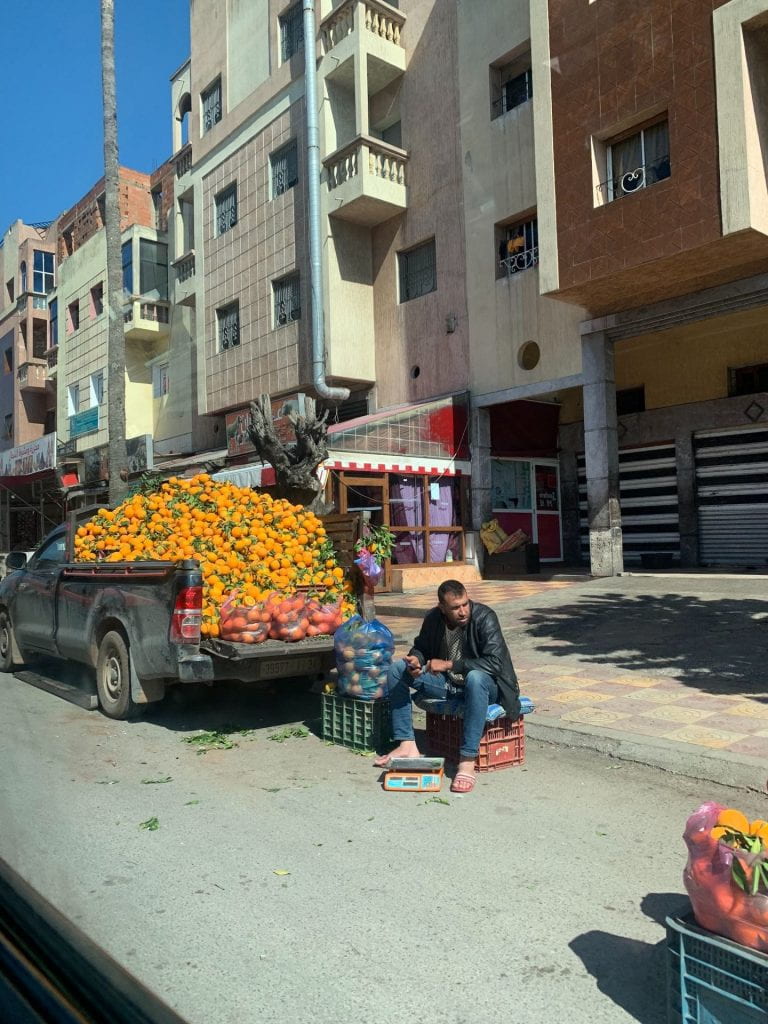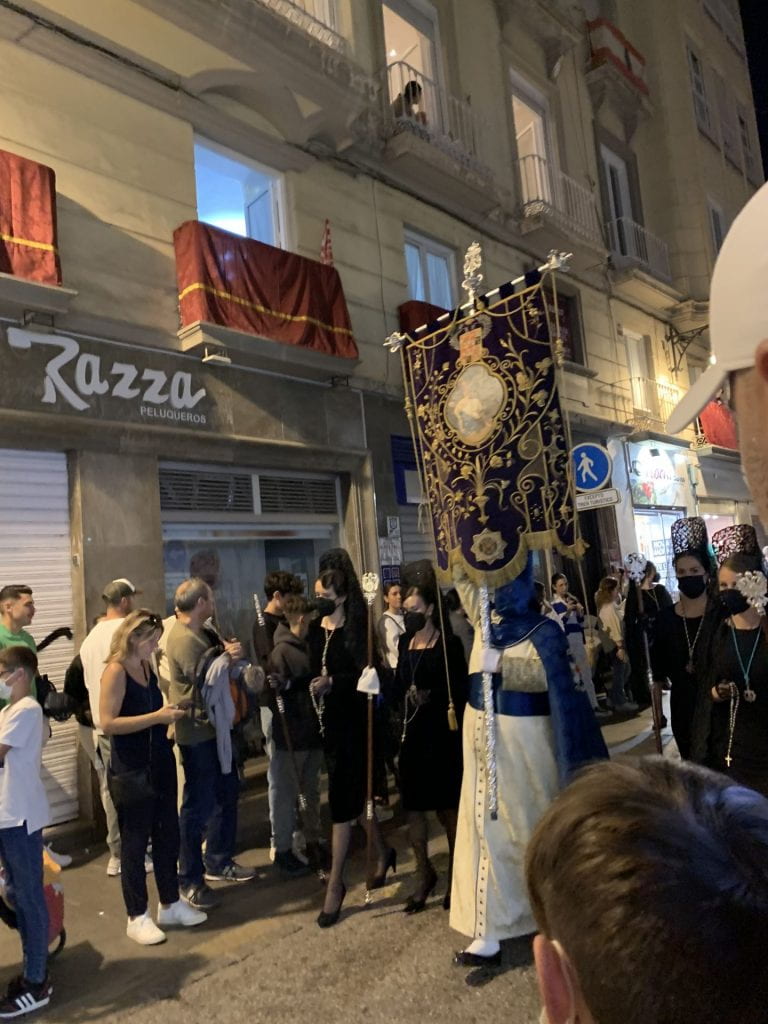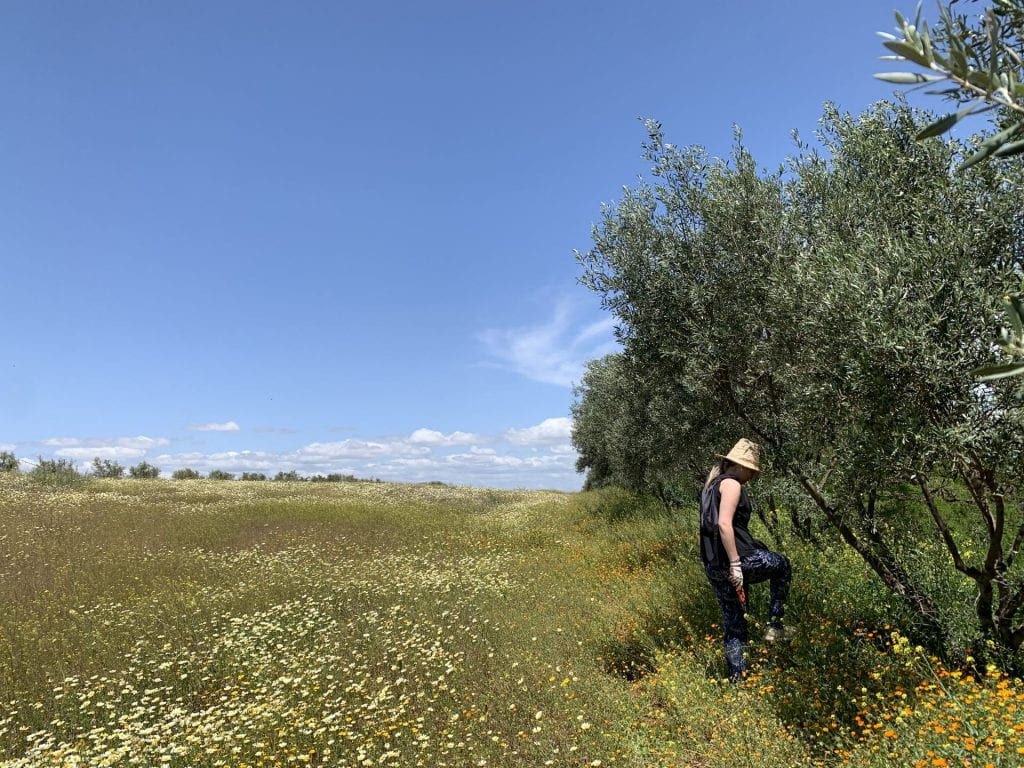(posting this late due to internet issues, pretend it is still April as you read this)
As I progress on this project, I find myself getting closer to figuring out what it is I am truly passionate about. Food has been a gateway and a tool for me to look at the thing that I really am obsessed with: relationships. I find myself asking; what connects us as people? What are the things that lead us to the conclusions we have made as a society? How do we form relationships over common goals, or even our differences? I love knowing the “why” behind everything. I see food as one of the greatest connectors between us, the one thing we really all have in common. We find unity under that: all eating around the table, sharing our lives over a meal, comparing our pasts— it feels like the most sacred thing.
I am finally in Morocco, it feels so surreal to finally be in a place that I have been dreaming and planning to go to for so long. It took much longer to get here than expected — I have no regrets about that — but it goes to show that nothing ever really goes to plan. You will still end up in the place you are supposed to at the right time.
April was a month of many religious holidays — Easter in Christianity, Passover in Judaism, Vaisakhi in Sikhism, and this year, Ramadan. This makes it a time of gathering, self-reflection, and of course, the sharing of food. Observing these religious holidays has shown me the unity and importance of food within cultures even more.
Ramadan is the holy month of Islam, it follows the lunar calendar so the time it falls fluctuates each year, but this year it happens to be during April. Ramadan is a month where Muslims abstain from eating or drinking water from sunrise to sunset. During this time they also abstain from certain vices like cigarettes, impure or bad thoughts, and spend more time with self-reflection and studying the Quran. It is a time to be charitable, grateful for what you have, and to spend with loved ones.

BIG meal 


Being in Morocco during Ramadan has made me think about how uniting a practice like this must feel. It feels so foreign to me for an entire country to be doing the exact same thing. Everyone beginning and ending their fast at the same time, going through the ups and downs of a practice like this. It must feel so amazing to go though this experience with family members, neighbors and people you do not know. I feel like in the States there is nothing as ‘uniting’ from what I have experienced, at least on the scale of something like Ramadan.
It is a difficult but rewarding process for many, allowing them to look inward, appreciate everything they have, and feel more connected to their faith. The breaking of the fast at sunset is known as Iftar and is often done with a slow meal. Harira (traditional soup) and dates are the first things typically eaten.
I was lucky enough to experience this a few times with others. It was lovely to eat all together and hang out over a nice meal after a long day of work. Other typical dishes that are included is Sellou, a mixture of almonds butter and sugar. Also Chebakia, which is a fried pastry and Baghrir, “pancake of a thousand holes”. Morocco has a very unique cuisine mainly known for its Tagines, couscous, mint tea and many many different types of sweets (sugar is very crucial to Moroccan cuisine). I have enjoyed eating all these new foods so much and I am starting to learn to how to make a few of them, I will have some recipes to bring back home soon enough! My next post will focus more on the actual cuisine and some recipes too.

Iftar with Chebakia, Sellou, Dates and Kefta 
Baghrir 
harira 
date <3
To my eye, even though it seems like everyone here practices Ramadan, that is not always the case. For example, the hosts I live with right now do not fast during this time. They find that too many people either practice it incorrectly and are not following what the Quran teaches about Ramadan, but rather following societal pressures. As they are farmers, it also disrupts their working life and does not give them personal benefit. They also think that the idea of ‘duty’ has been slightly skewed with there now being too much pressure to do this practice, even for people who should not be. It is interesting to see how varying the opinions are on such an important practice here. Ramadan is also not practiced the same by everyone; there seems to be different versions of what works best for each person. I’ve met people who would have three normal meals throughout the night, or just one evening meal and one before day break. Many people who can, sleep during most of the day. Most shops and restaurants, especially in the old city, are closed for almost the entirety of Ramadan. It is such a weird concept coming from a country where shops almost never close down, even on national one-day holidays.
One of the workers here and I have talked extensively about faith and tradition. From my outside perspective, it seems like everyone practices the same thing or has similar beliefs. Once you get to speak to others you see just how individual belief can be, even in a place where culture is inextricably linked to the religion. The worker identifies as Muslim, or rather “culturally Muslim” because he finds some of the Islamic traditional values go against how he sees the world. The worker says that he does not see Ramadan as something that is his duty, or something that benefits his faith and life. Even though he personally does not do it, when he is around others that do not share his views, he will pretend he is, to keep up appearances. He says this is what he finds difficult about being in such a community-oriented place: everyone knows about everything you do, and there is a lot of judgement that comes with that. The way he speaks about it feels a bit like “small town politics” but on a much larger scale. He says that he identifies deeply with Moroccan Islam but rejects many values that he dubs “bullshit”, as in the separation of men and women, seeing certain modern commodities as forbidden, or having to practice things just because everyone else is.
I am really glad I get to hear the differing opinions and personal relationships with religion in this way. It really shows me the benefit of exploring a topic “in the field”. You get so much more insight than you ever would by reading about a religion in a textbook; cultures and belief systems seem flattened, looked at in black and white, unable to capture the complexity and individual aspects that exist within cultures.



Lovely dog 
I also have been lucky enough go to Spain for Semana Santa; something I had hoped to see but was not sure if it would happen because of how much my travel plans changed. I ended up being able to make it work and I am so glad I did. In contrast to Ramadan, where everything is a little bit more quiet and feels reserved (until the rush hour right before Iftar where everyone is frantically running around, getting in their last groceries), Semana Santa is full of energy with people around constantly.
Semana Santa is Spain’s Holy Week and honors Jesus’s last week before his crucifixion and resurrection. It dates back to the middle ages, the main events being the Processions that take place around the city all day and night. Processions are parades that are put on by individual brotherhoods from the Churches in the area. On average in Granada there are 5 a day starting at around 11 AM and usually finishing around midnight or 2 AM. There are 32 brotherhoods in Granada that participate and 34 processions that take place. The Processions vary on the day and the affiliated church but they always have a float with statues of either Jesus or the Virgin Mary and a marching band behind them. They are also accompanied by men and women who wear pointed hoods (Nazarenos), an eerie resemblance to KKK members in the US. It is quite a shocking and harrowing site at first, especially if you do not have any knowledge of the tradition prior to coming to Spain. The hoods are supposed to represent the mourning of Jesus’s death and are taken off on Easter Sunday when Jesus would have resurrected.
These processions are very extensive, you can really see how much work goes into them. The people carrying the floats train for this all year long and the marching bands play some incredible music. It is a huge team effort, kids, elders, everyone working together. Processions take place most robustly in Andalusia, making Granada one of the best places to truly see it at its peak. I saw a procession at least once a day, they are pretty hard to avoid as they parade through all of the major city streets, making it impossible to drive as hordes of people line up, following the processions throughout the day.
It was amazing to see so many people gathering in the streets. Entire families all day, sitting on the sidewalk, eating chips and sunflower seeds. Meeting old friends, laughing; everyone meeting up, uniting under tradition. It is such an interesting experience to see people in this way, people are there for the same thing, but different reasons. Some for the love of Jesus, others for the experience, and many (most people I met) are there because it is tradition. In that way it relates to Ramadan where many people see it as a duty, something they have grown up doing and want to keep fulfilling because they always have.
Even with two religious practices so different, I see food as a connecter of people in both. In Ramadan food is the central idea even if you are abstaining from it, it is the central thought — the source. Even though you may spend less time eating, you may appreciate those moments when you are eating more, as well as spending less time eating outside of the house. In Spain, even during regular times the days seem to revolve around food: their very set schedule, shops closing around mealtimes every day, allowing everyone to have sufficient time to eat. During Semana Santa it is packed, and the tapas bars were constantly crowded with people all having drinks and snacks, waiting between the processions. There was even one night where I was out for tapas with friends and we were able to watch the procession go by from the restaurant! It was great, like watching a movie take place on the street.
As I talked about in my post about religious art, Catholicism and Islam have complete opposite depictions of religious figures. Catholicism chases tangibility, while Islam keeps a certain air of abstraction. This is even evident in comparing Ramadan and Semana Santa. During Ramadan people turn inwards, it is a time of self-reflection with an emphasis on their relationship with Allah. The cities are quieter during the day; everything seems to slow down, feeling still. Semana Santa is anything but quiet. People constantly together, in the street all day, all night. Eating food, buying stuffed potatoes from street vendors, breaking for tapas, entertaining their antsy kids. All waiting for that one moment: to see their beloved saviors, Jesus and Mary, pass by on the backs of their churchmen, the cheers of the crowd keeping them going.
My favorite procession to see was called El Silencio. This one took place at night beginning at 10:00 and ending around 3:00 AM on Maundy Thursday, the day that Jesus was arrested by roman soldiers. This float depicted the crucified Jesus, as he passed the crowds, everyone silenced, and those who did not, were hushed by the crowd. It was intense to be in a crowd of hundreds of people, silent, the only thing you can hear is the footsteps of the marchers and the eerie drumbeat they walked to. After the float passes by once, people flock to get to the next area that it passes by, wishing to see it again and again on its journey back to the church.
During this time I met a girl who was Muslim and we were talking about the difference in reverence. She said that that day she had gone to the cathedral in Granada and saw a statue that was meant to depict God. She was in complete shock; she said it made her feel so uncomfortable to see god depicted as a man. In Islam it is forbidden to depict Allah as anything worldly, which is why their art forms are so much more abstract — relying on intricate patterns inspired by geometry and nature to represent their god. In Catholicism everything is tangible, they want to see god, see Jesus dying on the cross — the blood that was spilled. They want to see the beloved virgin mary, symbol of motherhood and the power of god. Wanting god to feel as close to this world as possible, to see what it is he would look like if he were walking right next to them.
I find beauty in both, the duality and endless interpretations that religions and beliefs create continue to inspire me. Even as a nonbeliever, I find it the most incredibly human thing to search for meaning, we have had religion and spirituality as long as we can remember, all over the world. It is incredible our desire to know where we come from, where we will go and how wildly different our interpretations of that can be.
It was amazing to have been able to observe both of these practices, it satisfies the religion nerd in me and I feel like I really got to experience something new, something that I would not get to see back home. These experiences leave me with even more questions like; how can we foster unity, and is it possible to do so without something like religion? How do we reduce the judgement that comes with tradition or being in a close knit community? What are the things that will continue to connect us as time goes on? What will old traditions morph into as personal opinions and interpretations progress? Will food continue to be a great connector? Are individualistic cultures more beneficial to humans than community based, or vice versa — can we find a middle ground? These questions continue to bounce around my head, and will for a long time, but my time pondering these while traveling brings me closer to finding my answers.
Right now I am back in Morocco living on an eco-village 40 minute outside of Fes in a town called Ain Toujdate. It has been the most incredible experience here, the landscape around this part of Morocco is so amazing, the vegetation is amazing, and the farm is quite lush. Our work varies but our favorite job is pruning the olive trees, I could do that all day everyday I love it. For the rest of our time we hang out swapping stories, sharing meals and brainstorming how they can expand their projects and better their land. Mr. Hamid owns the place but operates in with Bob who is very energetic and has really big dreams for this place. Mr. Hamid is almost self sufficient, we eat almost entirely from his garden (some of the best fruit and veggies I have ever had). The other day we cracked into his first watermelon of the year and it was INCREDIBLE. I am still thinking about it. Mr. Hamid is a man full of wisdom and experience. He has travelled the world, living in Switzerland for around 30 years, and he also built a hotel in Thailand. He has been to so many other places as well; he even has a room in his house called the “Bizar Bazaar”, full of trinkets and instruments he collected on his travels. I was speaking to him the other night about the favorite places that he has been and he said, “right here, Morocco is my favorite” which is why he returned to have this olive farm. He said that he spent so much of his youth being curious about what was out in the world, and although he loved traveling, he says that now is the time that the world must come to him — I found that really touching.




Bizar bazaar
My next post I wan to focus more specifically on Moroccan cuisine and what I’ve been doing on my workaways the past two months. I have another crazy month ahead of me so I am excited to see what kind of stories come out of it! Till next time :)





















Wow, all so cool! I’m especially interested in the different religious mindsets towards art…definitely see the beauty in both perspectives. Wish I could try that watermelon!! Awesome post :)
WOW! amazing leaves me wanting more! and watermelon.